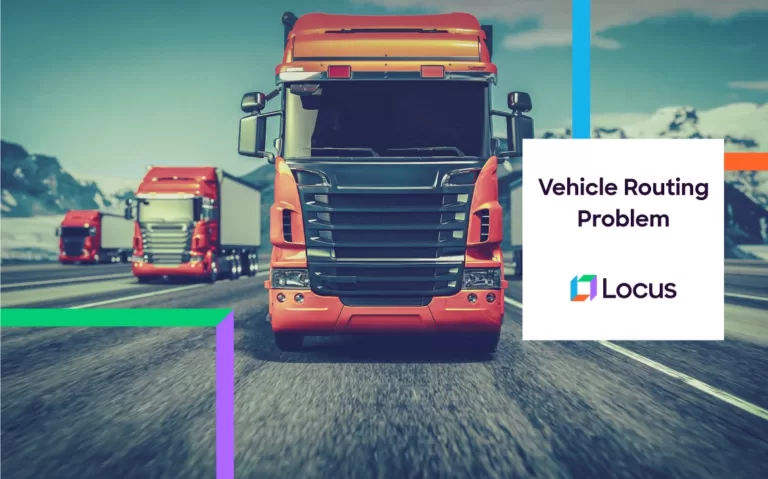E-Commerce, Retail & CPG
Why Retail Brands are Gunning for Direct-to-Consumer Sales During COVID-19
Jun 16, 2020
4 mins read

The Coronavirus apocalypse is perhaps the biggest blow to mankind in a long time. It has transformed societies, governments, healthcare systems, economies, and our lifestyles in unforeseen ways. Day-to-day life still remains at a standstill in several parts of the world, but businesses must continue to sell goods and services, and find innovative yet profitable ways to withstand competition during these tough times.
In industries such as retail and consumer goods, last-mile operations have changed drastically. Social distancing and unprecedented lockdowns have given a big boost to omnichannel selling and E-commerce marketplaces, owing to the growing digital lifestyle of consumers and the convenience and safety of selling online.
At the same time, a number of distribution methods are becoming popular these days, right from cross-docking to pop-up distribution centers and curbside deliveries. The Direct-to-Consumer Sales distribution model is also gaining popularity in retail and CPG, as brands are embracing cost-effective and safer modes of distribution to the consumer.
What is the Direct-to-Consumer Retail Model?

Direct-to-Consumer retail is a fast-track method of reaching consumers, skipping middlemen involved in the distribution process. In a D2C business model, manufacturers or retailers sell directly to the consumer without third-party retailers, wholesalers, and distribution outlets.
In 2019, D2C E-commerce sales reached $14.28 billion in the US. In 2020, with the pandemic on the rise, eMarketer forecasts that sales will grow by 24.3%, to $17.75 billion. Big retail brands like Walmart and Kroger are banking on this trend by optimizing their online storefronts and selling directly to consumers via E-commerce. In fact, 59% of consumers prefer to search for products directly on the manufacturer’s website, with 55% preferring to make purchases the same way.
Benefits of Direct-to-Consumer Sales Model for Retailers in COVID-19 Times
Going Direct-to-Consumer Sales has several advantages, and retail brands are stepping up to meet the evolving needs, expectations, and behaviors of the COVID-19 customer.
- Cost-Effective Retail Distribution
In the traditional distribution model, a manufacturer typically sends finished products to wholesalers or retail stores, from where they are sold to the actual consumer. By implementing a D2C distribution model, enterprises can save the logistical costs involved in the secondary mile, by avoiding shipping and transporting to wholesalers, and directly shipping goods to the customer location. Companies also save the added cost of beat planning and sales reps visiting retail stores to replenish stocks.
- Safe Doorstep Delivery
Ever since the pandemic has struck, consumers are concerned about the quality and safety of the things they are buying and the way they are handled. In D2C distribution, goods are shipped and delivered directly from the manufacturing location to the consumer’s address, minimizing the number of places a package travels to and the number of people who handle it. D2C distribution, therefore, ensures safer doorstep delivery during COVID-19 times.
- Brand-Consumer Relationship
Direct distribution to consumers allows brands to offer them personalized product options, resolve issues quicker, and ensure a satisfying fulfillment experience. It also allows consumers to know their brand well, share their shopping experiences, product feedbacks, and grievances directly with the brand. By selling directly to consumers, retailers can build a strong relationship with their customers as well as an improved brand image in the market.
- Faster Last-Mile Operations
In D2C distribution, manufacturers and big retail brands simply take orders online and deliver faster, using their own logistics arms or with the help of 3PL distributors. By skipping middlemen involvement and wholesaler distribution, enterprises can speed up the last-mile delivery process by shipping goods to consumers directly as and when an order is placed.
In Conclusion
Direct-to-Consumer selling was gaining popularity in logistics over the years, and the pandemic has made it even more popular among retailers. Enterprises across electronics, apparel, cleaning supplies, healthcare supplements, pet supplies, canned food, and groceries are now going the D2C path to ensure a sound brand presence during the pandemic. If you too are considering adopting the Direct-to-Consumer distribution method in your omnichannel strategy, it is perhaps best to start with an online storefront and begin deliveries in high-density order areas.
Locus helps enterprises in retail and manufacturing with fast and efficient Direct-to-Consumer distribution with smart logistics solutions. Request for a demo from our experts now.

Download E-book on Direct to Consumer- The trend of the future for free!

Infographic by Locus
Share this infographic by using this embed code:
<a href="https://locus.sh/resources/direct-to-consumer-business-model-vs-traditional-retail-business-model/" target="_blank" style="text-align: center; display: block;"><img src="https://locus.sh/assets/img/infographic/resources/direct-to-consumer-business-model-vs-traditional-retail-business-model.jpg" alt="Direct-to-Consumer Vs Traditional Retail Business Model - Infographics" style="width:100%;height:auto;max-width:750px;margin:auto;"></a><br/>Infographic by <a href="https://locus.sh/">Locus</a>Related Tags:

Route Optimization
Explained: Vehicle Routing Problem (VRP) and the most effective solution to address it
Vehicle Routing Problem is a constant in the last-mile delivery business. It happens due to the delivery and resource constraints planners face while coming up with minimum-cost vehicle routes. Solving it helps them reduce operational costs and enhance the quality of delivery services. With the massive spread of COVID-19, delivery businesses are handling larger delivery […]
Read more
Blog
Why Geocoding matters and the tech behind it
Team Locus Vittal Sirigiri, one of the top data scientists in Locus, has had quite the professional journey—investment banker, cofounder of a food business, self-taught coder, he’s worn many hats. Vittal’s will to keep expanding his horizons and love for all things numbers made him take up data science and he’s not looked back since. […]
Read moreMOST POPULAR
EDITOR’S PICKS
SUBSCRIBE TO OUR NEWSLETTER
Stay up to date with the latest marketing, sales, and service tips and news


Why Retail Brands are Gunning for Direct-to-Consumer Sales During COVID-19